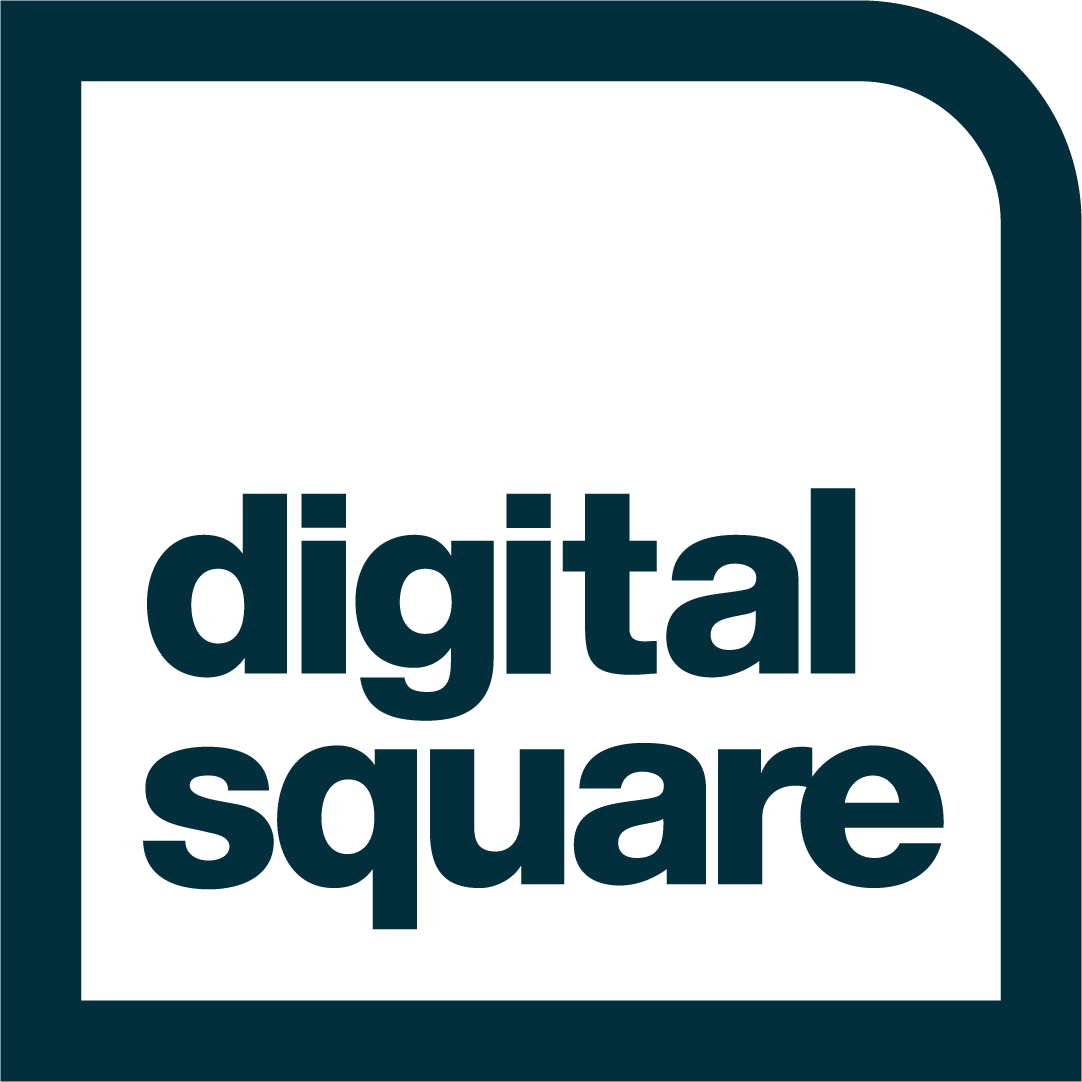Our goal is to improve Antenatal Care through the implementation of a community oriented digital health system built to eliminate the barriers to uptake of antenatal services in low resource settings based on the WHO Digital Adaptation Kit for Antenatal Care. The proposed system will sync, and be an extension to our Nganisha Health Information system, an Electronic Medical Record system currently deployed in nine public health care facilities in Uganda in collaboration with the Ministry of Health. Uganda Chartered Healthnet developed and deployed Nganisha EMR/HIS and has been involved in digital innovations since 2004. We have the technical skills, tools and implementation expertise needed to develop and enhance eHealth and health information systems in low resource settings.
NGANISHA is a comprehensive electronic medical record (EMR) and hospital information management system (HIS) currently deployed in nine (9) public health facilities in remote areas of Uganda. We are seeking to include a community linked application/module developed on the basis of the RMNCAH model of ‘three delays’, which recognizes the different barriers that care seekers - particularly pregnant mothers - face in receiving timely and effective health care.
As a project, the investment from Digital Square will go towards funding the development of a dynamic, easy-to-use community health module/application as an extension to the current system to support healthcare workers and expectant mothers, with particular regard to antenatal care, integration with other external digital tools and the implementation of the World Health Organization’s Digital Adaption Kit focused on Antenatal Care whilst aligning with the principles of OpenHIE.
At present, our system logs and captures all patient/client data at facility level. It includes a fully functional ANC module but misses out on community data. The proposed solution will incorporate key data standards and align to workflows specifically supporting health workers (VHTs) and expectant mothers in low resource settings during antenatal care with functionality that includes improved patient electronic records, data collection and reporting, vital event tracking and automated appointment reminders.
Nganisha was developed by Uganda Chartered Healthnet, a non-profit organization with vast experience in the interoperability and information exchange and digital health innovations since 2004. We are a partner organization on the Uganda OpenHIE platform.
Uganda Chartered Healthnet (UCH) is a digital innovations non-government organization based in Kampala. We are currently working on two major projects; NGANISHA (Health) and CHAI3 (Climate Change). With support from ENABEL, the Belgian Development Agency, UCH developed and deployed the NGANISHA Health Information System for Public Hospitals tailored to requirements of the Uganda Ministry of Health. Our team consists of Public health specialists, health information experts and software engineers. All entities within are current stakeholders in the eHealth space in and outside Uganda. We have jointly worked with the Ministry of Health and numerous stakeholders over the past 20 years and have largely achieved our goals.
Maternal morbidity and mortality is a major public health issue in low- and middle-income countries such as Uganda. Improving access and uptake to antenatal care (ANC) services for pregnant women has been widely recognized as one of the most effective means of reducing maternal mortality and morbidity. As such, digital tools have proved to be an effective model of health intervention to improve uptake of ANC services by eliminating barriers.
In Uganda, there is still inconsistent service coverage along the continuum of care and low uptake of ANC services. A comprehensive and integrated digital hospital management information system, known as Nganisha, was developed to tackle this issue in public health care facilities. However, there continues to be a low uptake of ANC services in some of these areas as a result of some barriers including, transport costs, medical fees and little or no knowledge about the benefits of ANC.
Objective
To design and develop a Community ANC module with workflows based on DAK within the NGANISHA EMR/HIS that is able to generate reports on key indicators and performance metrics as set out by WHO.
Deliverables
Proposed deliverables include: A software requirements document, a design document, Data Dictionary and Data Mapping document and an Implementation Guide(IG).
Schedule
7 Months:
3 - Months for design, development and testing the proposed solution, 2 - months field testing and debugging, 2 months – packaging and publishing IG online.
Risk mitigation
Our overall approach to managing anticipated challenges will be through limitation.
We intend to abide by approved and creditable standards including those developed by the WHO i.e. ICD11 and the DAK, OpenHIE standards i.e. FHIR, HL7, LOINC etc.
Patient information confidentiality will be handled according to international and local data governance laws.
As a consequence of constantly evolving technology, policies etc that affect health information systems, we will also track and incorporate industry standards.
Comprehensive Documentation of the user guide to dissuade intended users from misusing the application.


Comments
Digital Square comments
Thank you for the application. Some comments for the full proposal